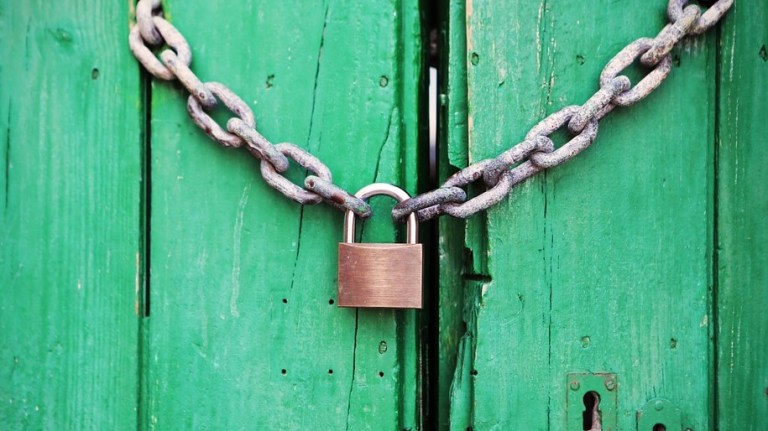
Now that New York State’s COVID-19 eviction moratorium has ended (as of January 15, 2022), commercial landlords can evict delinquent tenants. But tenants still have certain protections, leading to confusion on both sides. Here’s what owners and renters need to know.
Originally enacted in May 2020, the moratorium on evictions was meant to help small businesses struggling as a result of the COVID-19 pandemic. It applied only to businesses with 50 employees or fewer, and they had to demonstrate financial hardship resulting from the pandemic.
Residential tenants were protected against eviction by federal and state orders, but most protections also expired as of January 15, 2022.
For commercial evictions, landlords, tenants, and the courts are primarily guided by the terms of written lease agreements. If no such agreement exists, tenancy is typically considered to be month-to-month and the rights of the parties are governed by statute.
Reasons for evictions vary—failure to pay rent on time, non-renewal of the lease, violation of the lease/rental agreement, illegal activity conducted within the property—and they involve different procedures and different types of notices before bringing legal action. Landlords should make sure they “go by the book” to increase their odds of winning an eviction case. They cannot simply lock the tenant out.
Landlords that haven’t already started an eviction proceeding should know that, according to the Office of Court Administration, there are nearly 184,000 residential nonpayment cases currently pending in the five boroughs. The courts tend to move in chronological order, meaning that cases from just before COVID-19 shut down the courts in March 2020 will have their day first. Landlords that haven’t filed yet should do so as soon as possible, and expect the process to take a while.
That said, cases are also prioritized based on circumstances and sometimes rolled through the logjam, so there’s a benefit to being a “squeaky wheel.” Especially in cases that are already pending and were stayed, bringing a motion to restore could help hasten things.
Commercial tenants do not enjoy the same protections as residential tenants. There are several, including the Tenant Safe Harbor Act (TSHA), which allows residential tenants to demonstrate financial hardship as a defense against summary eviction proceedings (though courts can still award a money judgment for rent due and owed). Another that’s still in effect is the COVID-19 Emergency Rental Assistance Program (ERAP), which allows eviction matters with a related pending ERAP application to be stayed until a determination of eligibility for rental assistance is issued by the Office of Temporary and Disability Assistance (OTDA).
Commercial tenants facing eviction have fewer options, but what seems to be an increasingly popular defense argument in light of the pandemic is the doctrine of force majeure, essentially claiming that the pandemic constitutes an extraordinary event or circumstance beyond the control of the parties, coupled with forced government shutdowns. It’s a potentially absolute defense that could free a commercial tenant from their lease obligation, but it will only be accepted by the court in certain cases. For instance, while many restaurants permanently shuttered during the COVID-19 pandemic, others, such as take-out restaurants, actually thrived.
Ultimately, the options either the landlord or the tenant have depend on the specific circumstances of the case, and, more importantly, on the lease/rental agreement. Before taking any action, they should make sure to carefully review the terms of the agreement, ideally before a disagreement even arises.
Thomas Weiss is counsel in Vishnick McGovern Milizio LLP’s Real Estate Transactions and Real Estate Litigation practices, as well as the Commercial Litigation and Matrimonial & Family Law practices. He has over 20 years of experience in commercial and residential real estate matters. He can be reached at tweiss@vmmlegal.com and 516.437.4385 x146.







